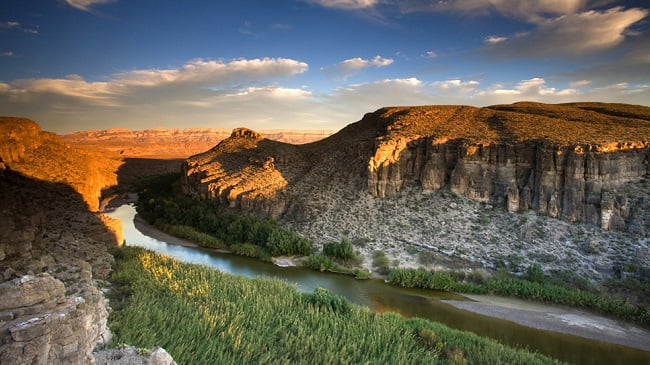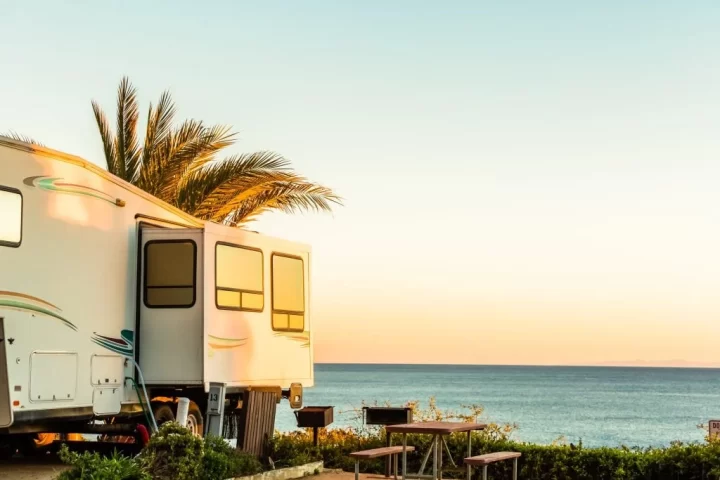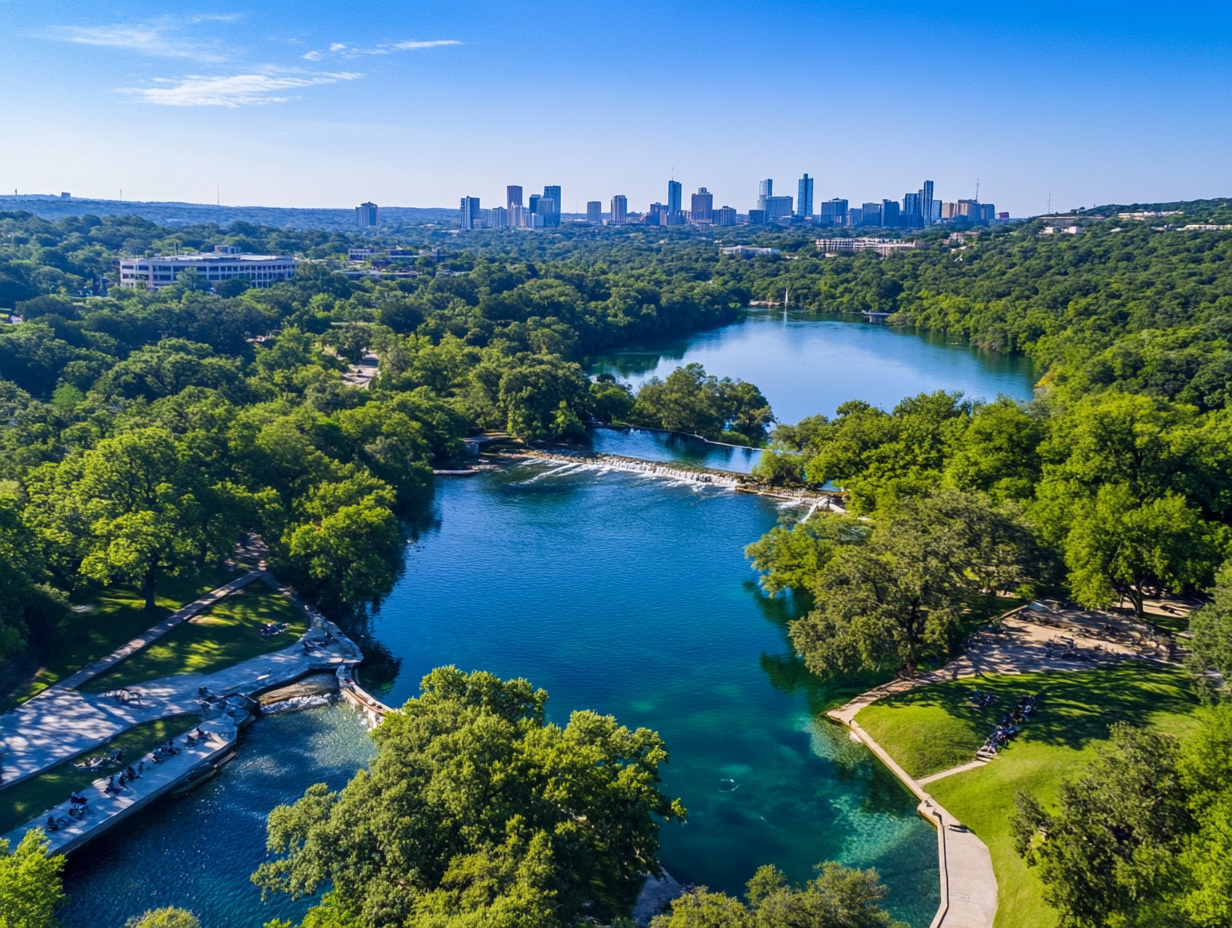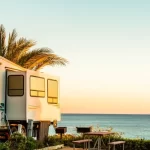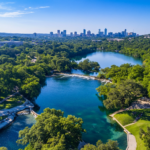A Wild Escape to Big Bend National Park
Deep in the heart of West Texas, Big Bend National Park is an untamed paradise that feels like stepping into another world.
With over 800,000 acres of raw desert beauty, towering mountain ranges, and the winding Rio Grande carving through dramatic canyons, this park is one of the most awe-inspiring destinations in the United States.
Yet, despite its grandeur, Big Bend remains one of the least-visited national parks, making it the perfect spot for those craving solitude and adventure. Whether you want to hike through rugged landscapes, paddle along the river, soak in a hot spring, or simply gaze at one of the clearest night skies in North America, Big Bend delivers an experience that is both humbling and exhilarating.
Unforgettable Adventures in Big Bend
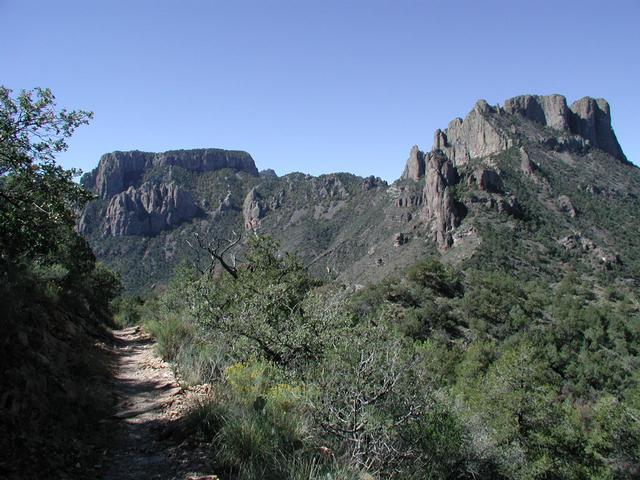
This 4.8-mile round-trip journey takes hikers through lush pine forests and up to a breathtaking overlook of the Chisos Mountains, offering one of the most spectacular views in the park.
If you’re looking for an iconic Big Bend hike, the Window Trail is a must. This 5.6-mile trek descends into a dramatic rock canyon, leading to a stunning natural “window” that perfectly frames the vast Chihuahuan Desert below.
For those seeking a shorter but equally mesmerizing experience, the Santa Elena Canyon Trail is an excellent option. This 1.7-mile hike follows the Rio Grande into a jaw-dropping 1,500-foot-tall canyon, where the towering limestone walls seem to swallow the river in a scene straight out of a movie.
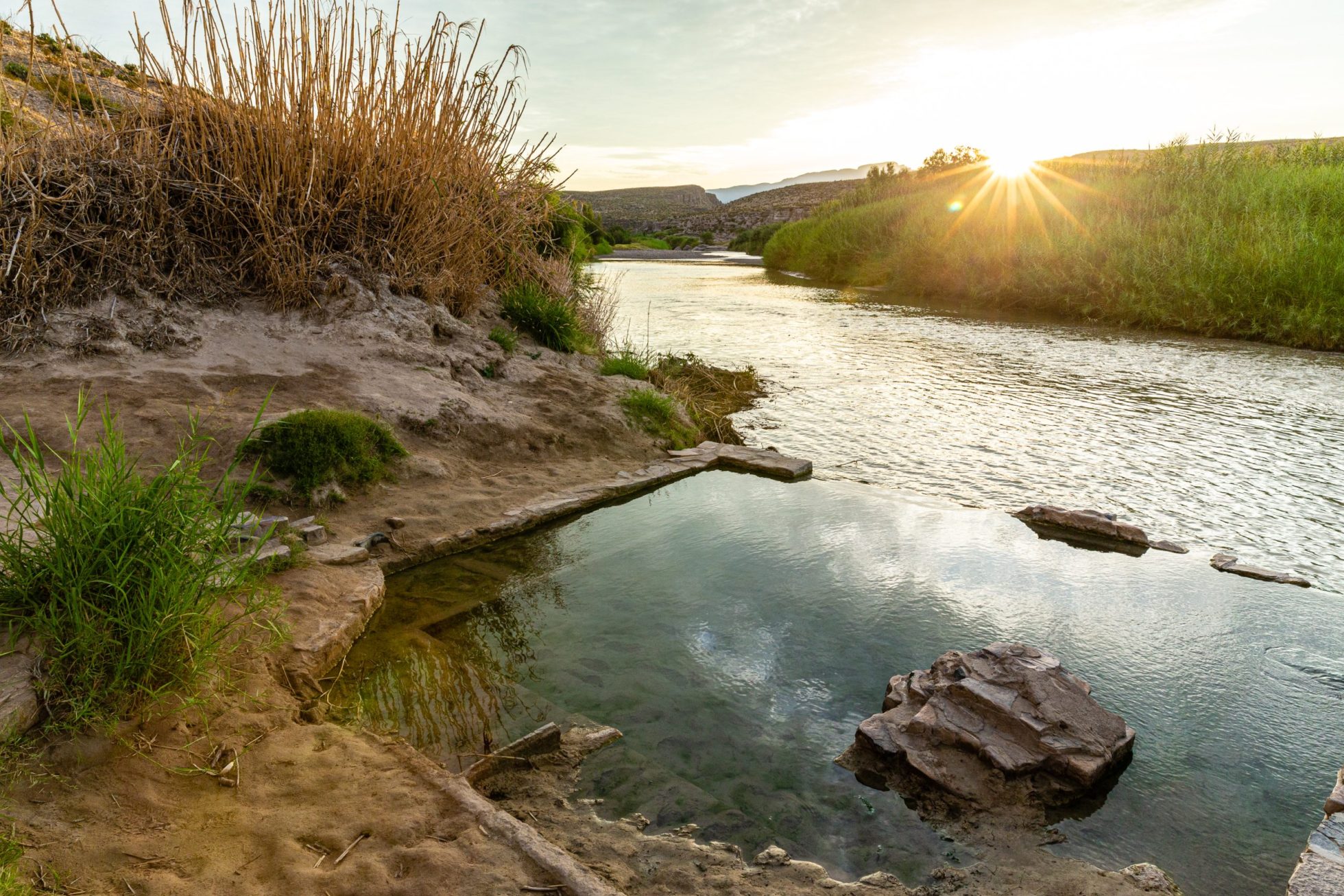
For those who love astronomy, Big Bend National Park is one of the best places in the world for stargazing. Recognized as an International Dark Sky Park, it has virtually no light pollution, allowing for stunning views of the Milky Way, meteor showers, and countless constellations. Simply stepping outside your tent or RV at night will reveal a sky so packed with stars that it feels almost unreal.
Another unique aspect of Big Bend is its proximity to the small Mexican village of Boquillas del Carmen, just across the Rio Grande. With a valid passport, visitors can take a quick boat ride over to this charming town, where they can enjoy authentic Mexican cuisine, explore the village, and even purchase handmade crafts from local artisans. It’s a cultural experience unlike any other in a U.S. national park.
Check Out: These Must-Visit Historic Texas Towns!
When to Visit and Where to Stay
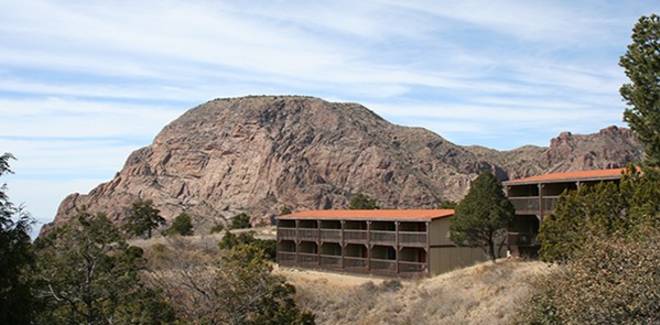
For accommodations, visitors have several options ranging from campgrounds to the iconic Chisos Mountains Lodge, the only hotel within the park. There are also developed campgrounds like Rio Grande Village and Cottonwood Campground, as well as more primitive camping areas for those who prefer a backcountry experience. If you’d rather stay outside the park, the nearby town of Terlingua offers a quirky mix of rustic lodging, good food, and a lively desert atmosphere.
Sidebar: Essential Tips for Visiting Big Bend National Park
Big Bend National Park is an unforgettable destination, but it’s also one of the most remote and rugged parks in the United States.
Proper preparation is key to making your trip safe, enjoyable, and hassle-free.
Whether you’re hiking, camping, or simply taking in the scenery, here are some crucial tips to ensure you have the best experience possible.
Bring Plenty of Water – More Than You Think You’ll Need
Check Park Regulations Before You Go
Big Bend offers a variety of recreational opportunities, but many activities require permits or have specific rules to follow. If you plan to camp in the backcountry, take a multi-day river trip, or cross into Boquillas, Mexico, you’ll need the proper permits. Fishing also requires a free permit, which can be obtained from the park headquarters. Additionally, fires are strictly prohibited in the backcountry, and drones are not allowed anywhere in the park. Checking the official NPS website before your visit will help you avoid any surprises and ensure you comply with all park guidelines.
Learn More: Top Tips for Seasonal RV Camping on Galveston Island
Be Aware of Wildlife – Keep a Safe Distance
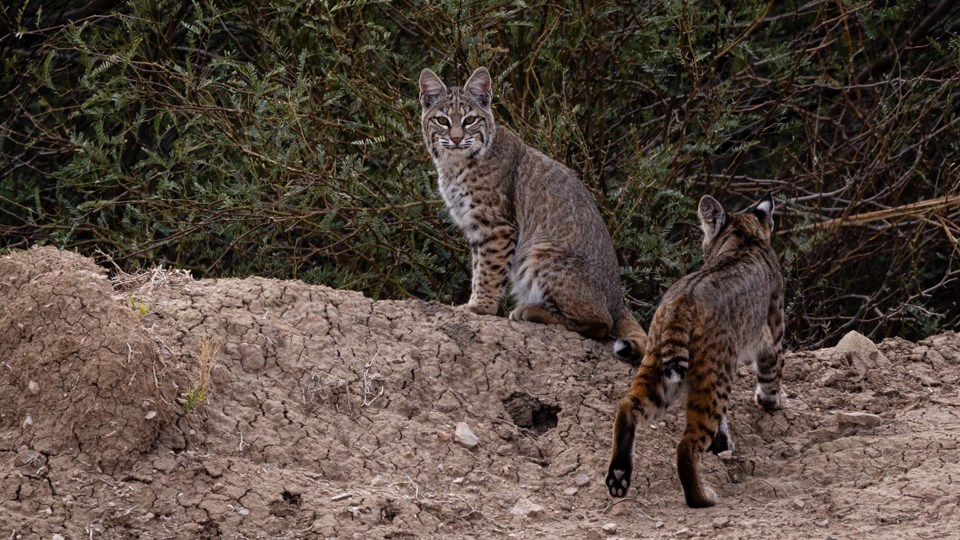
Big Bend is home to a fascinating array of wildlife, including black bears, mountain lions, javelinas, bobcats, and rattlesnakes. While encounters are rare, it’s important to be prepared. Always store food securely in bear-proof containers or locked vehicles, and never leave food or scented items unattended at campsites. If you see a bear or mountain lion, never run—back away slowly while maintaining eye contact and making yourself look as large as possible. When hiking in remote areas, make noise to avoid surprising wildlife. Snakes and scorpions are common in rocky areas and underbrush, so watch your step and avoid sticking your hands into crevices. Most animals will keep their distance if left alone, so respect their space and enjoy observing them from afar.
Fuel Up Before Entering the Park – Gas Stations Are Scarce
One of the most common mistakes first-time visitors make is underestimating how vast Big Bend National Park is. The park covers over 1,200 square miles, and the nearest gas stations are outside the park in Marathon, Terlingua, or Study Butte. While there is a small gas station at Panther Junction inside the park, prices are typically higher, and it may not always be in operation. Running out of fuel in Big Bend can quickly turn into a dangerous situation, as cell service is limited, and help may be hours away. Before entering the park, fill your gas tank completely and, if possible, carry an extra fuel canister, especially if you plan on exploring more remote areas like the River Road or Glenn Springs Road.
Dress in Layers and Be Prepared for Temperature Swings
One of the most surprising things about Big Bend’s climate is how much temperatures can fluctuate within a single day. Mornings can be chilly, afternoons can be scorching hot, and evenings can bring a sudden drop in temperature. If you’re hiking in the mountains, temperatures can be significantly cooler than in the desert below. Dressing in layers allows you to adjust to these rapid changes. Lightweight, moisture-wicking clothing is best for hot weather, while a warm jacket or fleece is essential for the evenings. A wide-brimmed hat, sunglasses, and sunscreen are also must-haves to protect against the intense desert sun.
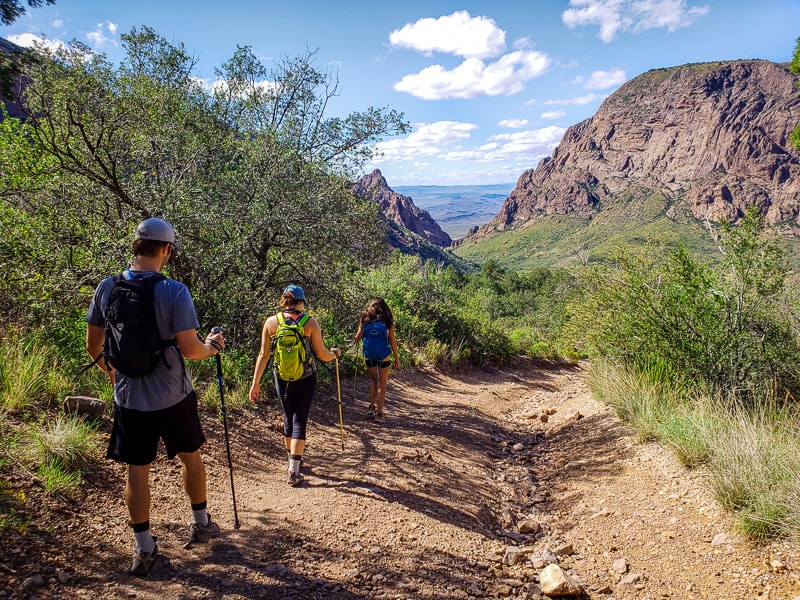
Plan for Limited Cell Service – Download Maps in Advance
Respect the Fragile Desert Environment – Leave No Trace
Prepare for an Unforgettable Night Sky Experience
Have a Backup Plan – Weather Can Be Unpredictable
Final Thoughts on Visiting Big Bend
Discover more unique stays and travel inspiration with A Texas Guide
Follow Us
Instagram: @atexasguide
TikTok: @atexasguide
YouTube: A Texas Guide
Facebook: A Texas Guide

